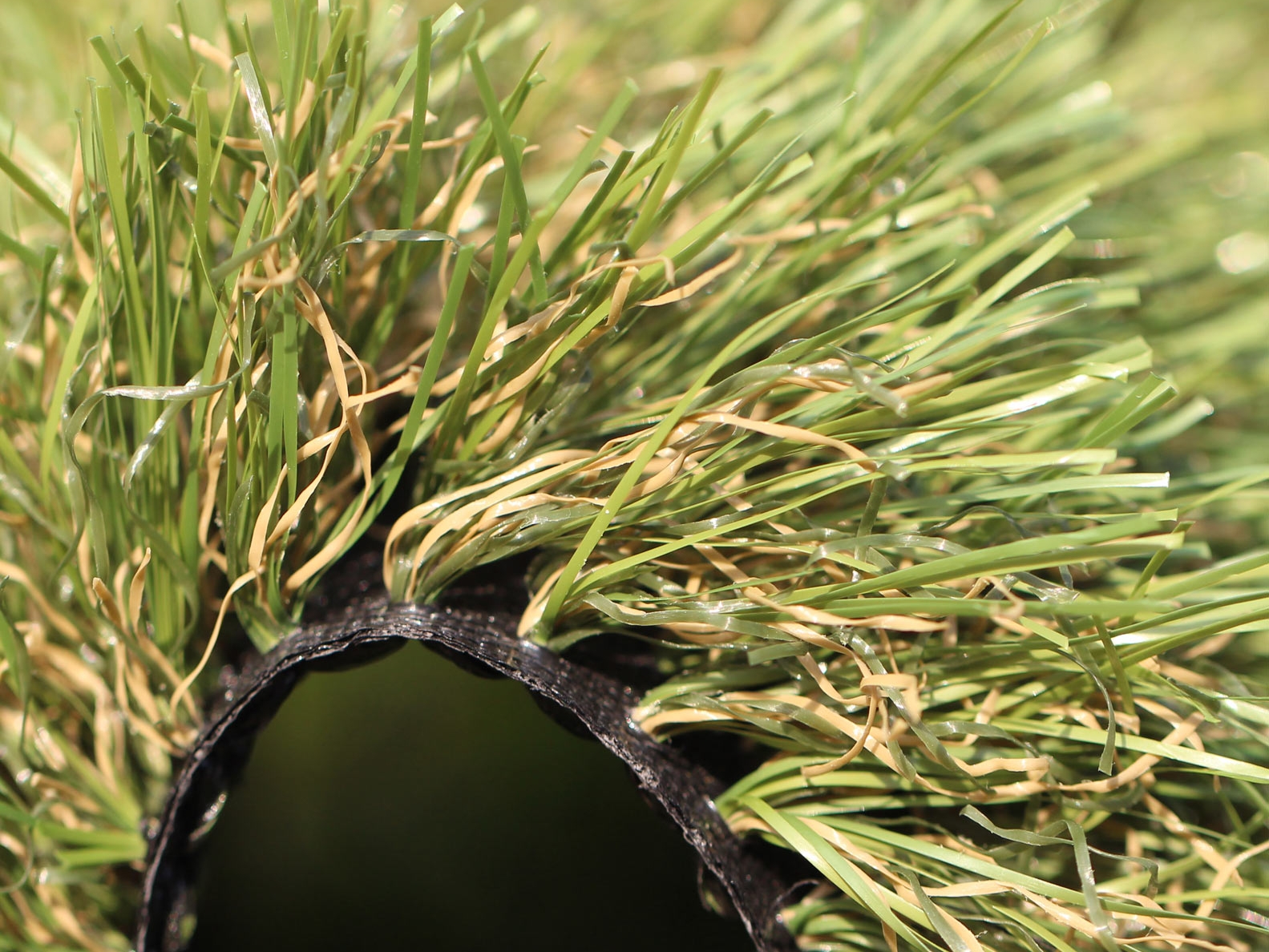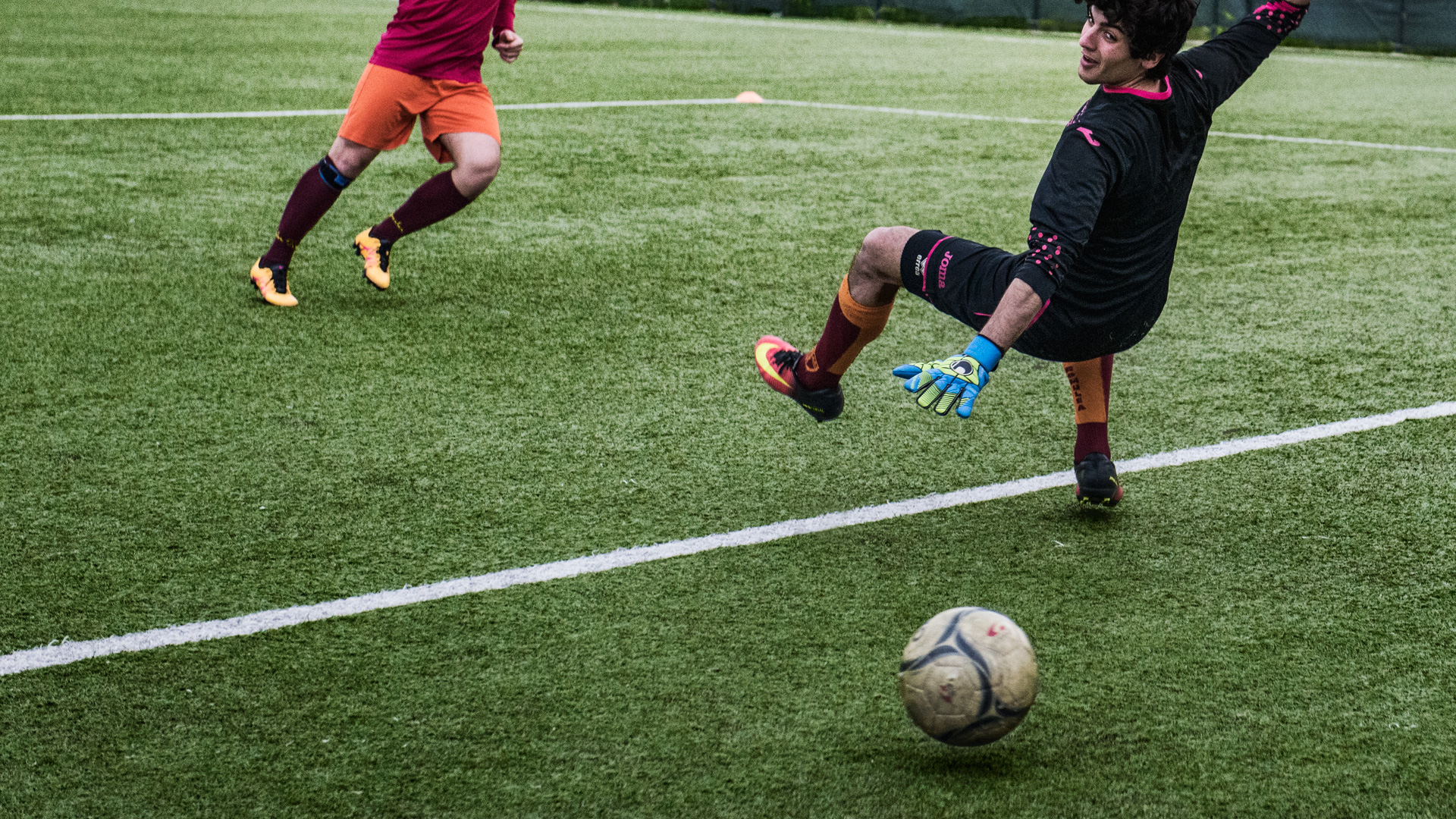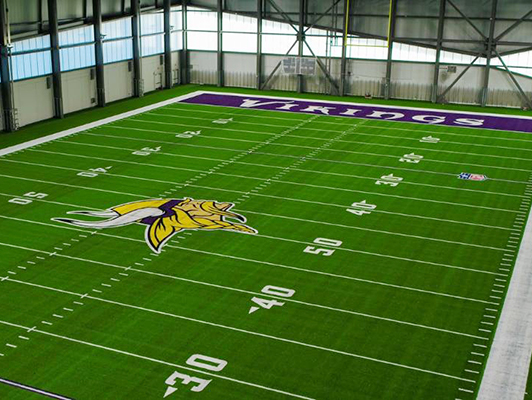Well-Known Phoenix Turf Companies Delivering Superior Synthetic Grass Installation
Wiki Article
See Why Homeowners Prefer Synthetic Grass for Sustainable Landscaping Practices
As house owners progressively prioritize sustainability in landscape design, artificial lawn has emerged as an engaging alternative to traditional grass. Its ability to preserve water, lower upkeep initiatives, and decrease environmental effect positions it as a sensible selection for those seeking eco-friendly solutions. In addition, the aesthetic allure and convenience of synthetic grass provide to varied design preferences. However, the effects of this shift extend beyond mere benefit and aesthetic appeals, motivating a closer examination of exactly how these choices influence broader ecological end results. What remains to be discovered is the complete range of advantages that synthetic grass can offer to homeowners and the atmosphere alike.Water Preservation Perks
One of the most considerable advantages of artificial turf is its duty in water preservation. Standard lawn lawns call for considerable quantities of water to maintain their rich look, typically leading to overuse of local water resources, specifically in dry regions. In comparison, fabricated turf removes this need entirely, as it does not need watering. This not just saves water however likewise decreases the pressure on local water systems, particularly during drought conditions.Furthermore, the installment of fabricated turf can contribute to a much more lasting landscape. Home owners can significantly reduce their water expenses, enabling for reallocation of sources to other ecological efforts or family usages. Additionally, fabricated lawn is designed to withstand various climatic conditions without the requirement for supplementary watering, making it a perfect choice for regions dealing with water shortage.
The ecological benefits expand beyond prompt water financial savings. By lowering water usage, synthetic grass assists to mitigate the impacts of climate modification, preserving essential ecosystems that are threatened by excessive water extraction. As sustainable landscape design techniques gain grip, synthetic grass becomes a responsible option for homeowners looking for to produce environment-friendly outside areas.
Decreased Maintenance Efforts
Synthetic grass considerably decreases upkeep efforts compared to typical turf yards. With fabricated lawn, property owners can remove the lengthy tasks connected with all-natural landscaping, such as mowing, feeding, and weeding. This not only saves useful time yet additionally reduces physical labor, making lawn treatment accessible for individuals of all ages.One of the most noteworthy benefits is the absence of routine mowing. Typical lawns need frequent cutting to preserve a cosmetically pleasing elevation, whereas fabricated lawn stays regularly lush without the requirement for cutting. In addition, homeowners no longer need to apply pesticides or fertilizers, which are usually called for to keep natural yard healthy and balanced. This change not just lightens the workload but also advertises a neater, extra uniform appearance year-round.
Furthermore, synthetic grass is resistant and resilient, calling for minimal upkeep beyond occasional brushing and washing to eliminate particles. This simplicity of upkeep allows home owners to enjoy their outside spaces without the continuous fear of maintenance, offering even more time for leisure and household tasks. Ultimately, the reduced maintenance efforts linked with synthetic grass make it an appealing alternative for those looking for a low-maintenance, aesthetically appealing landscape.

Environmental Impact Decrease
There is a growing acknowledgment of the ecological benefits connected with synthetic grass, especially in terms of water preservation and minimized chemical use. Conventional yards require considerable quantities of water, especially in drought-prone regions, leading to boosted stress on neighborhood water resources. In comparison, synthetic grass eliminates the requirement view website for irrigation, significantly reducing water consumption and promoting sustainability.In addition, conventional lawn maintenance usually entails the application of pesticides, plant foods, and herbicides, which can add to soil and water pollution. Synthetic grass alleviates this ecological threat by calling for minimal maintenance and essentially removing the need for hazardous chemicals. This not only improves soil wellness however additionally safeguards regional ecosystems from toxic overflow.
In addition, the manufacturing of natural yard lawns normally entails the use of fossil fuels for cutting and landscape design equipment, additional adding to greenhouse gas exhausts. By selecting synthetic grass, property owners can significantly lower their carbon impact related to lawn treatment tasks.
Visual Allure and Versatility
Along with its environmental benefits, synthetic grass provides considerable visual appeal and flexibility for landscaping. Homeowners can achieve a rich, environment-friendly look year-round, removing the seasonal variations commonly associated with all-natural yard. This regular aesthetic not just boosts the visual charm of a home yet additionally contributes to a refined and properly maintained appearance.
Furthermore, synthetic grass is readily available in a selection of styles, shades, and textures, permitting modification to fit specific choices and style themes - Arizona artificial turf. Whether made use of in property gardens, industrial rooms, or leisure locations, it can perfectly integrate into diverse landscape design styles, from modern-day minimalist to rich tropical setups
The flexibility of synthetic grass extends past simple appearance; it can be set up in various areas, consisting of rooftops, patios, and even indoor rooms, producing chances for unique landscape design services. Additionally, it appropriates for a variety of activities, from kids's play locations to pet-friendly environments, supplying capability without endangering design.
Ultimately, the visual charm and adaptability of synthetic grass make it an eye-catching choice for house owners looking for lasting landscaping remedies that do not compromise charm a fantastic read for environmental obligation.

Long-Term Cost Savings
One of the most engaging benefits of synthetic lawn is its potential for long-lasting cost financial savings. Unlike all-natural grass, which needs normal maintenance-- including mowing, watering, fertilizing, and parasite control-- man-made lawn substantially reduces these ongoing expenses.In addition, synthetic grass has a life expectancy of 15 to 25 years, depending on its quality and usage. This longevity decreases replacement expenses, making it a more economical option in the future. The initial financial investment in man-made lawn can often be recouped with the cost savings accumulated over time.
While the upfront cost might seem higher compared to turf setup, the advancing financial savings from minimized upkeep and page water usage usually outweigh these first expenses. Ultimately, the adoption of synthetic grass not only promotes a lasting landscaping option however also uses property owners a monetarily smart choice that aligns with lasting budgeting objectives.
Verdict
Artificial lawn emerges as an engaging alternative for sustainable landscape design, providing substantial benefits in water preservation, decreased upkeep initiatives, and lessened environmental effect. As areas progressively prioritize environmentally pleasant methods, the fostering of fabricated turf stands for a dynamic action toward attaining resistant and lasting landscapes.In addition, fabricated turf is made to withstand numerous climatic conditions without the demand for supplemental watering, making it a perfect option for areas dealing with water deficiency. (Arizona artificial turf)

Artificial turf arises as a compelling option for sustainable landscaping, providing considerable benefits in water preservation, lowered maintenance initiatives, and lessened ecological impact.
Report this wiki page